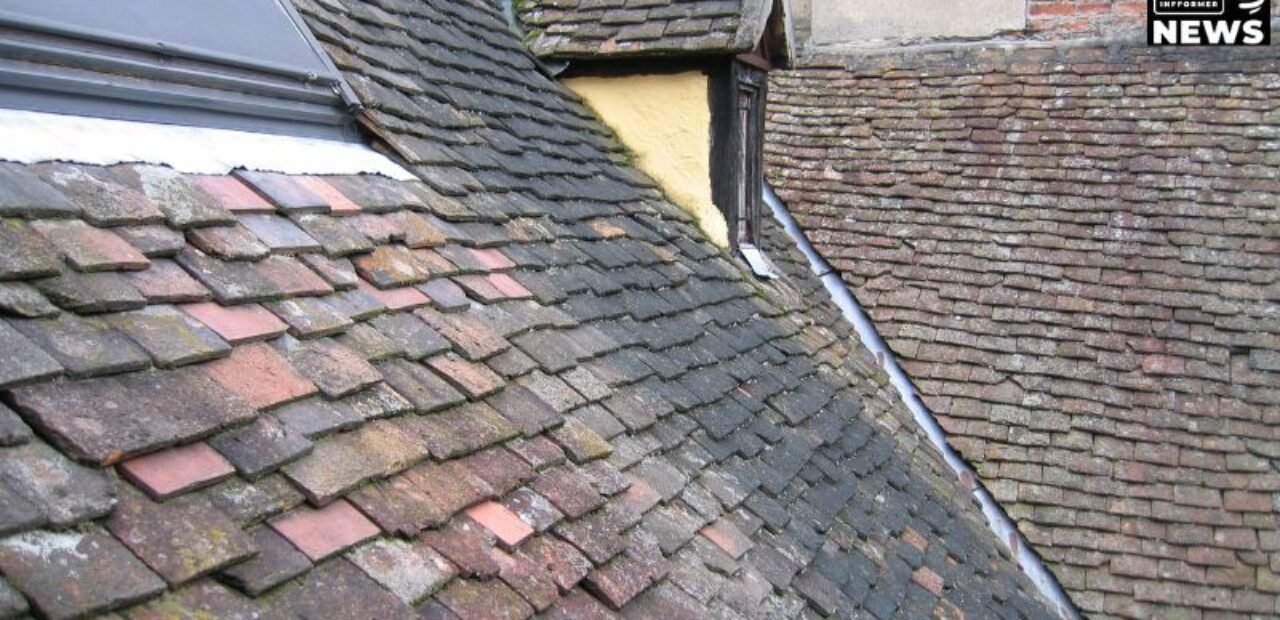What Time of Year Is the Cheapest to Replace a Roof?
Replacing your roof can be expensive. That’s why many homeowners wonder if there’s a “best” time of year to get it done at a lower cost. The short answer? Winter is usually the cheapest season to replace your roof. But no matter when you schedule the job, staying on top of Regular Roof Maintenance can help you plan ahead, avoid surprises, and even extend the life of your current roof.
But why is winter the most affordable time? And is saving money always the best goal when it comes to your roof? Let’s break it down.
Why Is Winter the Most Affordable Time?
Roofers are usually busiest in the spring, summer, and early fall. The weather is good, and people are more likely to schedule home repairs. But in winter, roofing jobs slow down a lot.
Since there’s less demand, roofing companies may lower their prices or offer discounts to get more work. This makes winter the slow season, and that often means more competitive pricing for you.
But before you rush to schedule your roof replacement in the middle of a snowstorm, there are a few important things to keep in mind.
Things to Think About Before Choosing the “Cheapest” Time
It’s okay to want to save money. But focusing only on price can actually cost you more later. Here are four reasons why cheapest isn’t always best:
1. You Get What You Pay For
If a roofer gives you a really low price, there’s a good chance they’re cutting corners. That might mean using cheap materials or skipping important steps, like installing proper flashing or underlayment. A roof like that might not last very long, and that means more money spent fixing it later.
2. Your Roof Might Not Last as Long
When you pay for cheap work or poor materials, your roof may not make it to 20 or 30 years. It could start leaking in just a few years. And when that happens, repairs or even another replacement will hit your wallet hard.
3. You May Miss Out on Strong Warranties
Good roofs usually come with two warranties: one for materials and one for workmanship. But if your roof is installed by a cut-rate contractor using cheap supplies, those warranties might not apply, or might be very short. That leaves you unprotected if something goes wrong.
4. You’ll Likely Spend More in the Long Run
Yes, you might save money up front. But if your cheap roof fails early or causes water damage, you’ll pay more down the road. That’s why it’s smarter to invest in quality from the start, even during a slow season like winter.
Best Seasons for Roof Replacement: A Quick Look
- Winter: Cheapest time; slower season; may face weather delays.
- Fall: Most recommended for weather conditions; may be busier.
- Spring: Mild weather; contractors start to get busy again.
- Summer: Most popular; longer days; highest demand and cost.
So, What’s the Best Move?
If you’re looking to save, late fall or winter can be a smart time to get your roof replaced, as long as you choose a trusted contractor and don’t go for the absolute cheapest price. That way, you get both value and quality, which is the best deal of all.
Final Tip
Talk to local roofers and ask about their off-season pricing. Many will work with you to create a plan that fits your home and your budget.




























































